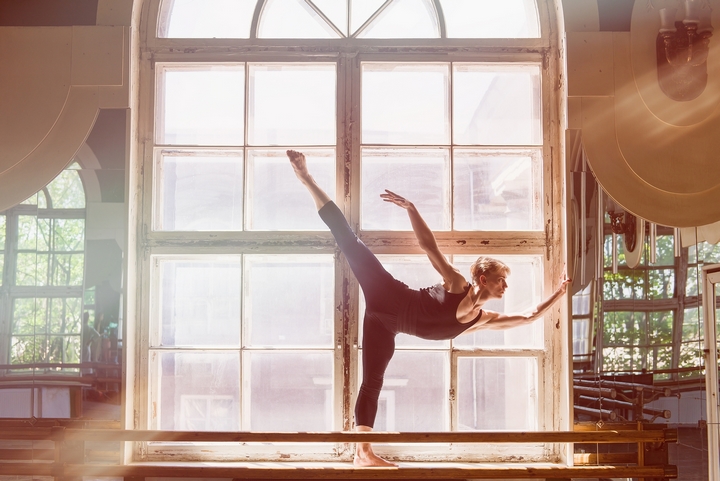Ballet is by all standards the most graceful dancing style. Full of poise and elegance, it is arguably the foundation of all dances. Its lessons on balance and posture instill skills that all dancers must master. Besides being beautiful, this popular type of dance is beneficial to the body and mind.
Young dancers find it helpful in improving their expression and confidence. There are different types of ballet styles. Origin defined the early forms. Later styles are a combination of classical ballet, neoclassical and contemporary styles. Styles are also identified by the method of training.
Here are seven types of ballet styles.
1. Classical Ballet
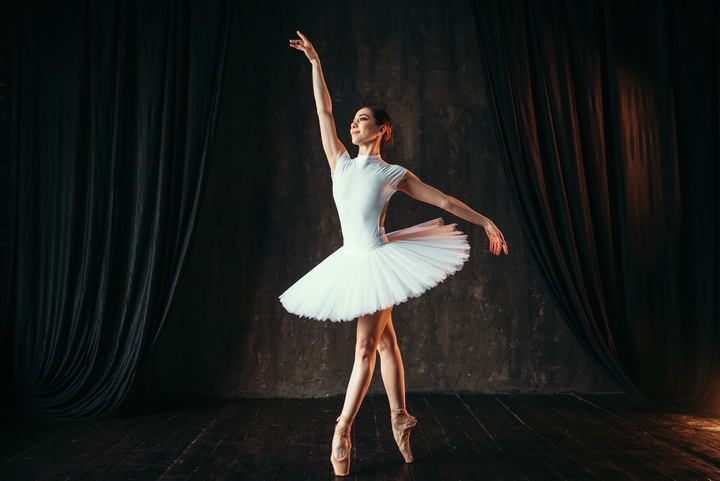
This is one of the early types of ballet. Classical ballet is classified according to historical and geographical origin. It includes the English Ballet, French Ballet, Italian Ballet and Russian Ballet. Classical vocabulary and techniques define it. Ballet students learn techniques named after their creators.
2. Romantic Ballet
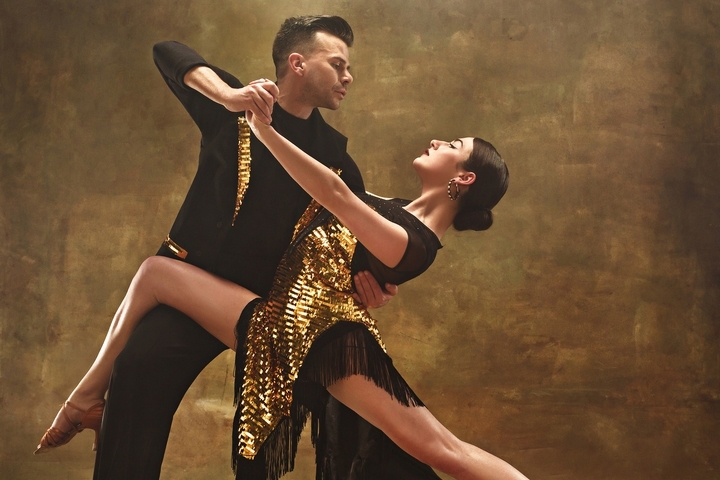
This is a classical type of ballet modified by artistic movements. It became popular in the 19th century. Many of the moves are like those of the classical style, but there are artistic and performance differences that make romantic ballet style unique. One of these is the pointe work, an impressive technique in which the dancers support themselves on their toes.
In this type of ballet, the main focus is on the women dancers. Their preferred wear is the classical short white tutus. ‘La Sylphide’ and ‘Coppelia’ are some of the romantic ballet styles that display intense emotions. The women dancers’ moves are like those of sylphs and ghosts. They have ensnaring effects on the hearts of men.
3. Neoclassical Ballet
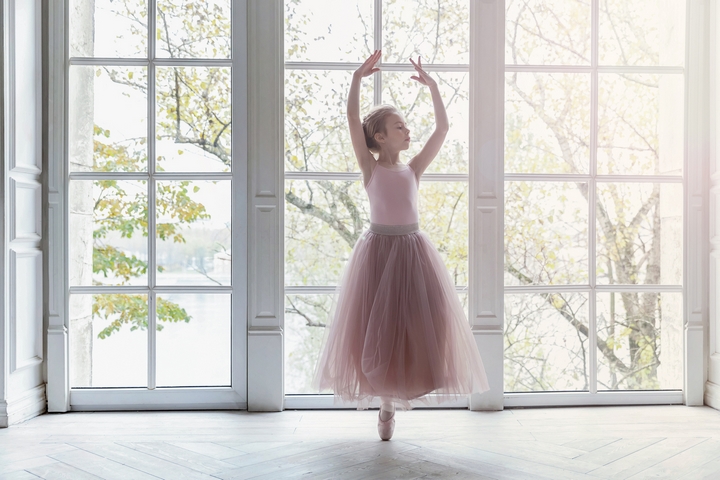
This is a modern type of ballet with an abstract twist on the techniques and vocabulary. It is largely defined by informality since there are no formal costumes, plot or scenery. Neoclassical ballet has endless possibilities. It integrates with diverse music, without the formality of classical ballet. This possibility allows the dancer to apply modern techniques and choreography.
The result of this flexibility is a departure from delicate moves. Strong moves and athleticism characterize the style. Neoclassical ballet improves physical well-being and individual moods.
4. Contemporary Ballet
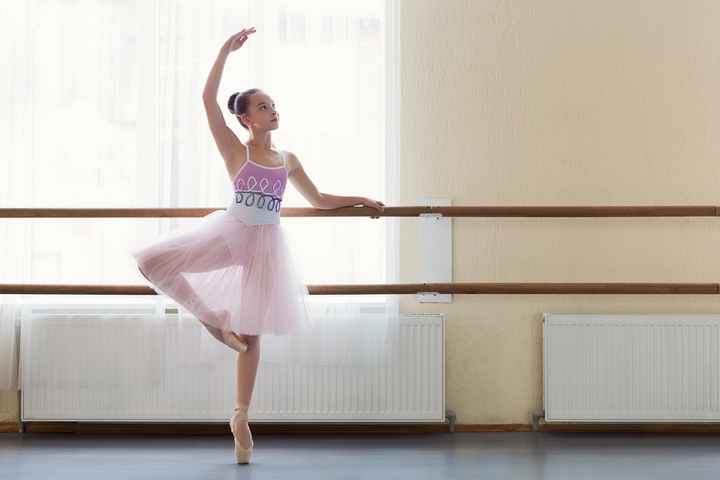
Contemporary ballet is another kind of modern dance. It combines some techniques of classical ballet with those of contemporary styles. It involves much experimentation where dancers perform great feats.
The contemporary ballet style is related to neoclassical style. The two styles vary in their high level of athleticism and bigger, swifter tempo. The dancer performs barefooted and engages in lots of floor work with leg turn-ins. William Forsythe invented this ballet style.
5. The Vaganova Method
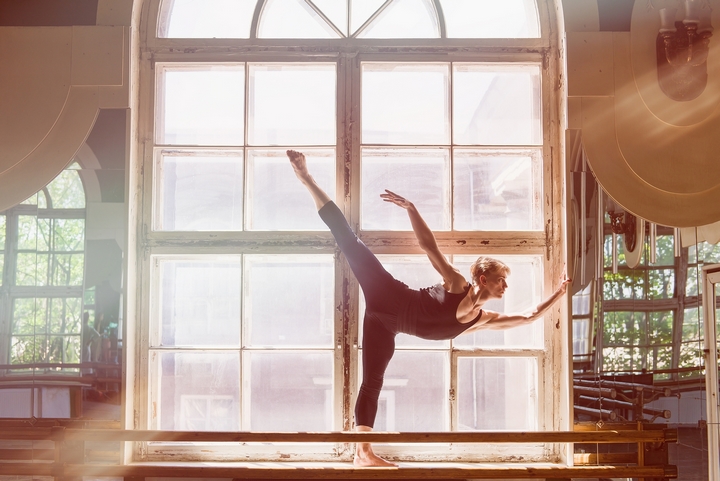
The Vaganova method is a ballet style classified according to the method of training. It fuses the French ballet romantic style with the Russian dramatic soulfulness, and the Italians’ athletic virtuosity. The Vaganova method is, thus, a reformation of the old style of ballet teaching. It features precise movements that express clean lines and underneath softness.
A Vaganova-trained dancer is both strong and clean. They are usually soft and supple. They are also not stiff when performing on stage. The dancers effortlessly execute ballet movements by using their supple arms to contrast the movement of their legs.
6. The Cecchetti method
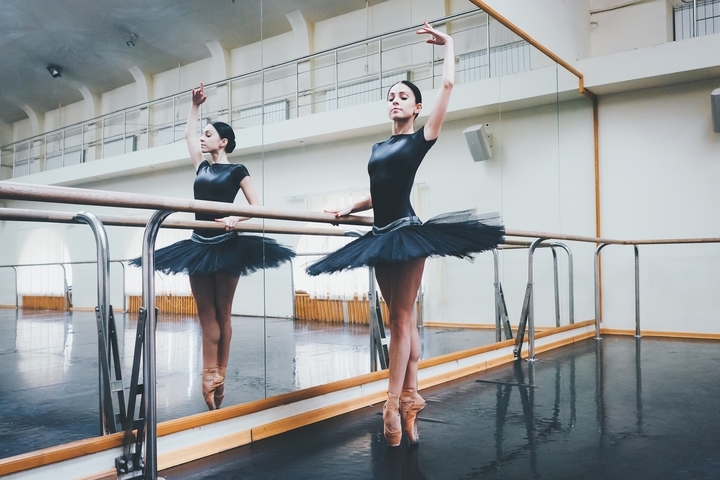
This ballet style is classified according to the method of training. It was developed by Enrico Cecchetti as a classical ballet training technique. This type of ballet has a strict program that emphasize the anatomy. The Cecchetti method includes enforcing the planned exercise routines on a daily basis. It ensures every part of the body is worked through a combination of different types of steps.
Each day of the week gets a specific barre schedule. It alternates working on different sides of the body week after week. This is to meet the greatest balance, vigour, poise and suppleness. A well-trained Cecchetti dancer moves like an instrument. The hands and legs work in excellent harmony. This method emphasizes quality over quantity.
7. The Bournonville Method
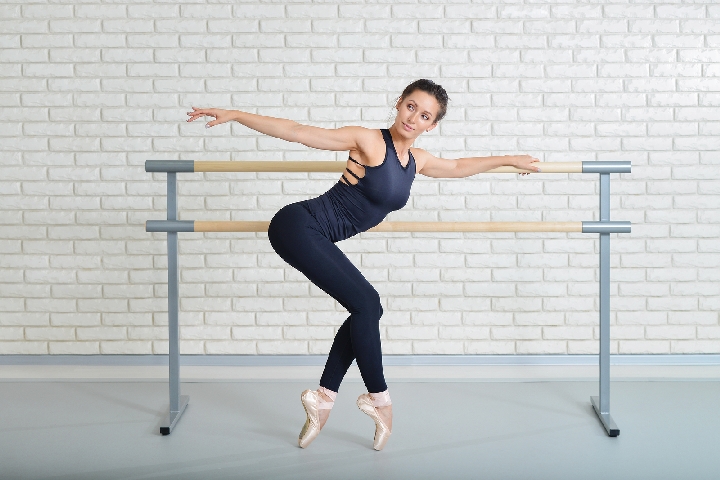
You can define ballet style both by the method of training and technique. This method focuses on the romantic style. August Bournville is credited to have developed it. He is associated with the Royal Danish Ballet Company where he was a choreographer. The company continues to use this method to date. Bournonville style contains a more romantic tone while telling a clear love story.
The movements appear effortless while in essence they are very technical. The dancer exudes fluidity and musicality. It is a highly refined style that pays particular attention to detail. Bournonville style reaches to the heart with its expressions and romantic overtures.
Ballet styles are classified by their historical development and the method of training. Your goals should dictate the style of your choice of ballet. In any case, any of these ballet styles will bring out a physically fit and flexible you at the end of the training. Besides, it is highly entertaining.

